Working with Sapogel Q: A Beginner's Guide
In this blog, we'll walk you through the basics of working with Sapogel Q, including how to incorporate it into your skincare products, the benefits it offers, and how to handle it properly for best results. Whether you're a beginner or an experienced DIY formulator, mastering Sapogel Q will open up endless possibilities for creating smooth, stable, and luxurious skincare.
What is Sapogel Q?
Sapogel Q is a type of natural gelling agent often used in cosmetic formulations for its ability to create a gel-like consistency without the use of synthetic thickeners. It's a popular choice for making lightweight skincare products like gels, serums, and creams that feel fresh and non-greasy on the skin. What makes Sapogel Q so appealing is its mild, skin-friendly properties, making it suitable for even the most sensitive skin types.
Benefits of Using Sapogel Q in Skincare Formulations
Working with Sapogel Q brings several benefits to your homemade skincare formulations:
- Natural Texture: Sapogel Q creates a smooth, gel-like consistency that feels lightweight and non-greasy on the skin.
- Hydrating Properties: It helps to retain moisture in the skin, making it an excellent addition to moisturizing gels and serums.
- Stability: Unlike some other thickeners, Sapogel Q helps stabilise formulations, preventing them from separating over time.
- Gentle on Skin: It's ideal for sensitive skin, providing a soothing, calming effect without irritation.
Sapogel Q is a palm-free, completely natural solution to gelling oils and butter to make rich, smooth balm textures.
Sapogel Q is particularly suited to gelling vegetable oils (triglycerides) but most non polar materials can be gelled, including silicones and esters. In addition it can be used with butters to create rich gel textures without crystals forming. Virtually transparent or semi-transparent gels can be formed.
- 100% natural origin
- Palm free
- COSMOS approved
- NATRUE approved
- Enables the creation of palm-free textures without wax
Creates variable textures from honey to thick balms
Cold process manufacturing: Perfect for use in a wide range of applications:
- Lip balms Balm cleansers
- Body balms Scrubs, including sugar and salt
- Face masks
- Concentrated skin serums and creams
- Hair/beard balms
Tips for Working with Sapogel Q
Sapogel Q is exactly the opposite of what you would expect! The Sapogel Q on its own is quite a thin liquid and it's not until the natural saponins react with the oil that it thickens up, add more of the product and it starts to thin out again. So "less is more" in terms of you need some of the product to do the job but you will get a different result depending on how much of the product you use. Which is also great from an economical standpoint, in that if you want a thicker finished product then less of the product goes further!
- Adjust the Amount: If you want a firmer or looser gel, you can adjust the amount of Sapogel Q used. More powder will result in a thicker texture, while less will create a more fluid consistency.
- Check for Clumps: Always add Sapogel Q slowly to the water and stir gently to prevent clumping. If clumps form, continue mixing and you should be able to dissolve them.
- Storage: Water-based formulas should be stored with care, especially if you’ve added ingredients like essential oils or botanicals. Always use a preservative to maintain the stability of your product.
Working with Sapogel Q by hand is a simple and effective way to create high-quality skincare products at home. Whether you’re crafting a lightweight moisturiser, soothing gel, or serum, this natural gelling agent can help you achieve the perfect texture and stability in your formulations. With just a few ingredients and some basic tools, you can create luxurious products that rival those found in stores.
By following these tips and understanding how to incorporate Sapogel Q into your DIY skincare routine, you’ll be on your way to mastering the art of natural skincare formulation. Have fun experimenting with different combinations and textures to create products that are perfectly tailored to your skin’s needs!
Looking for more tips on DIY skincare? Check out our other blogs for more ingredient insights and step-by-step tutorials!





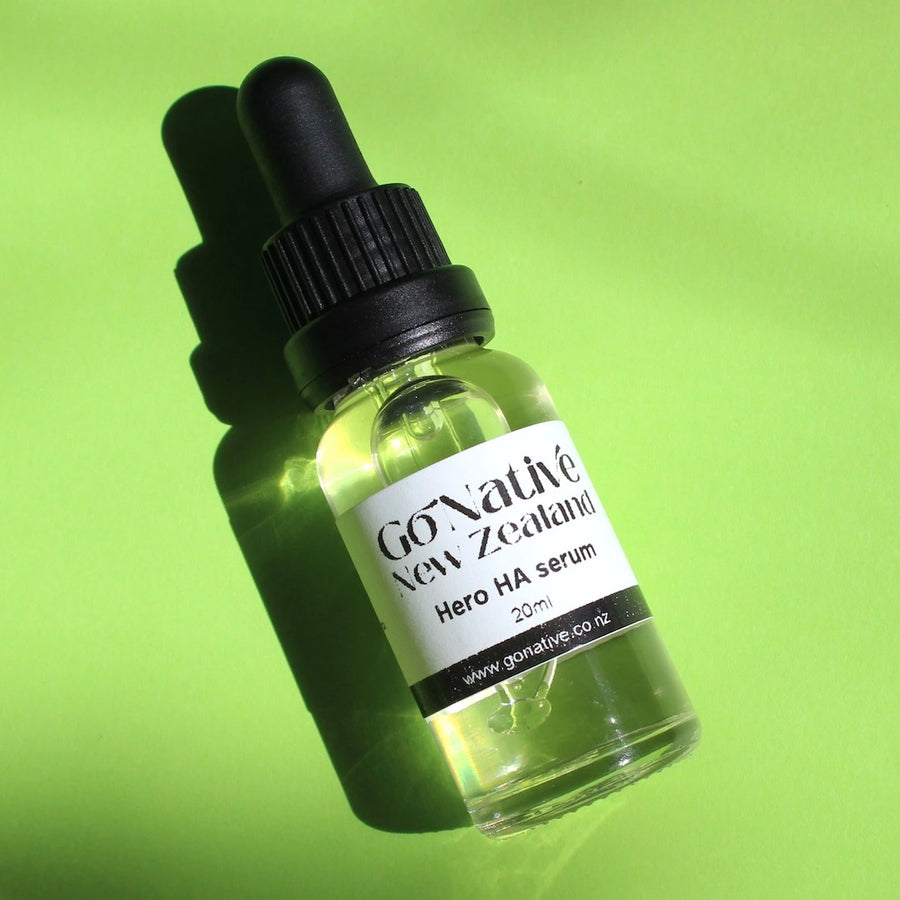
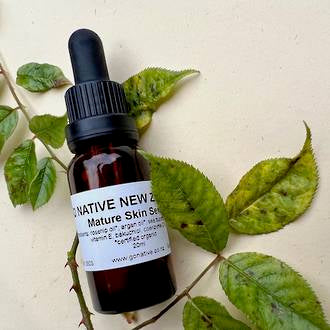
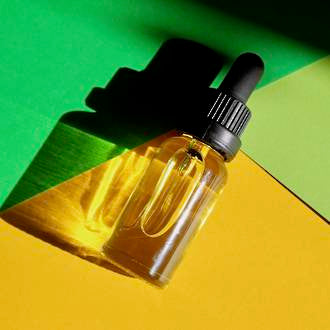
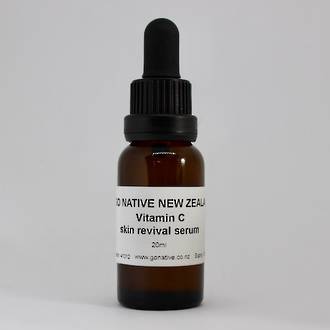
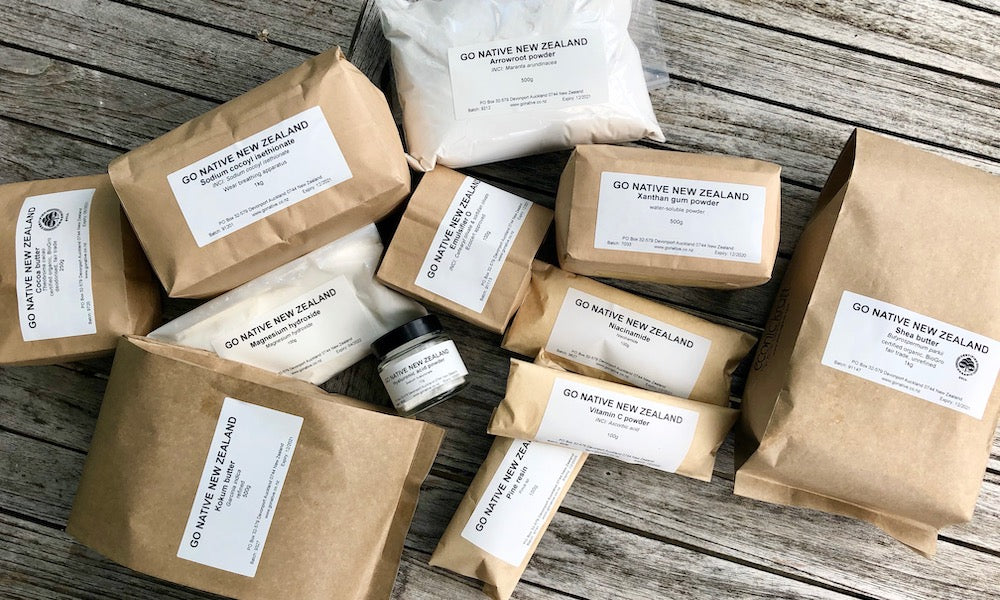
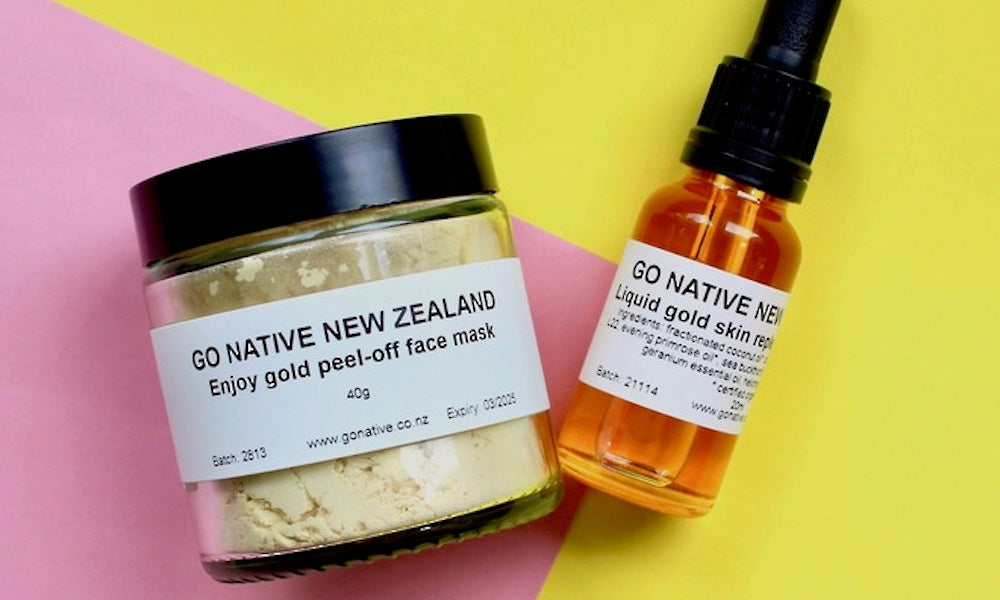
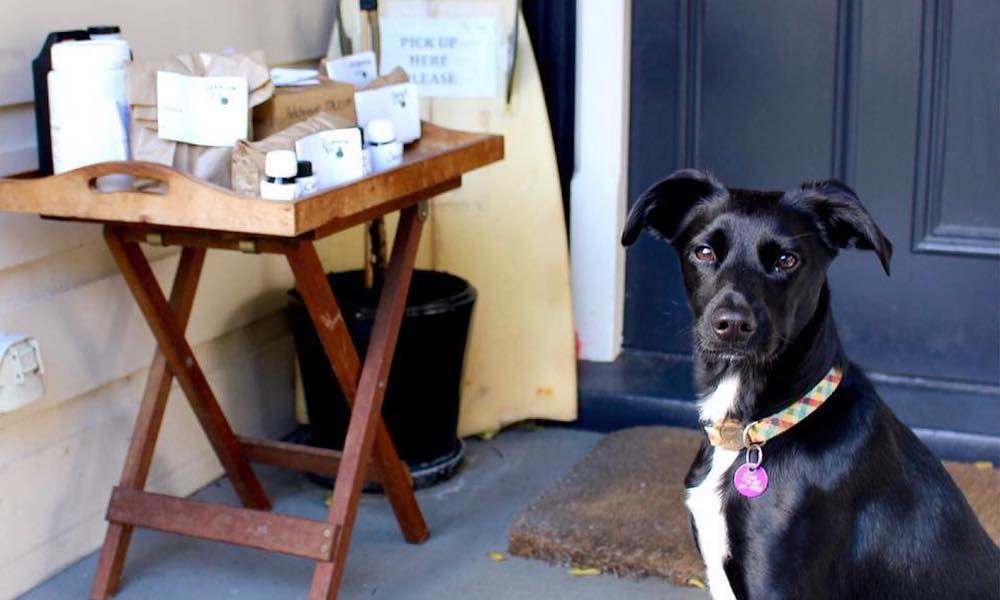

Leave a comment